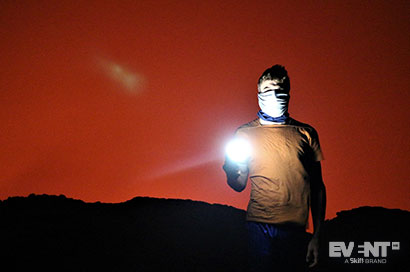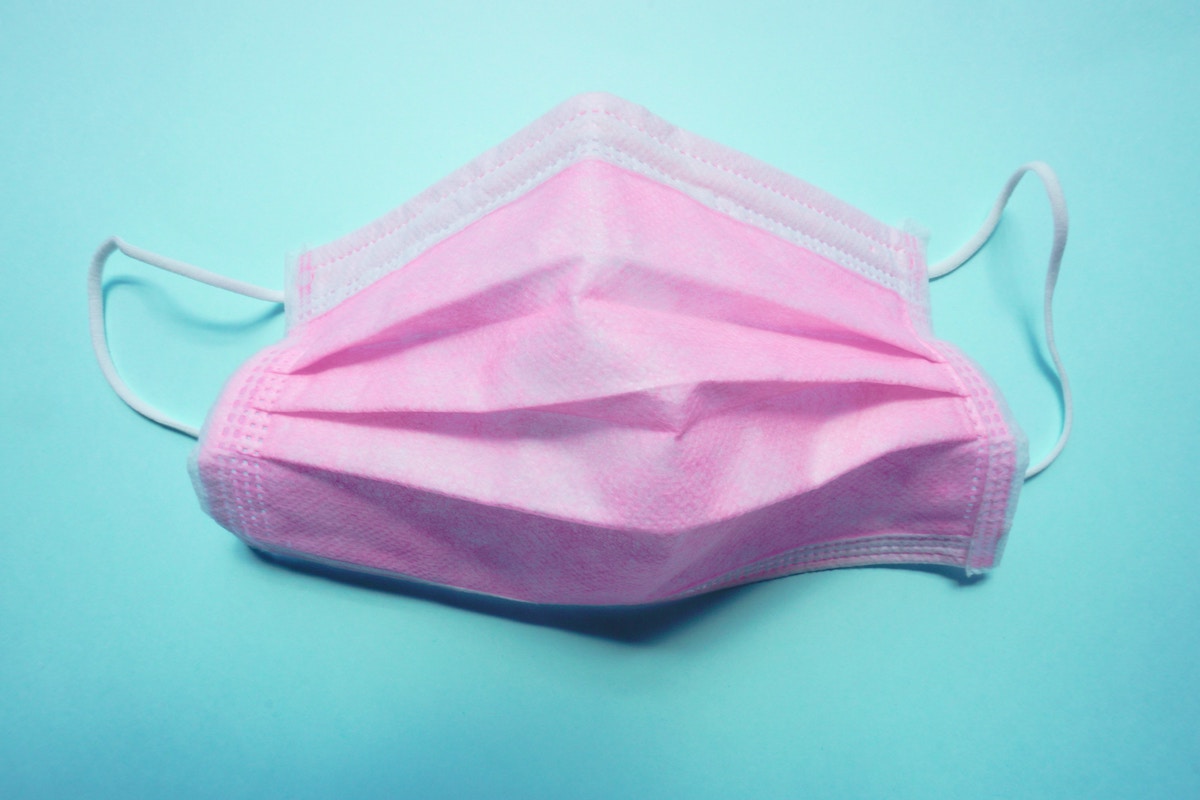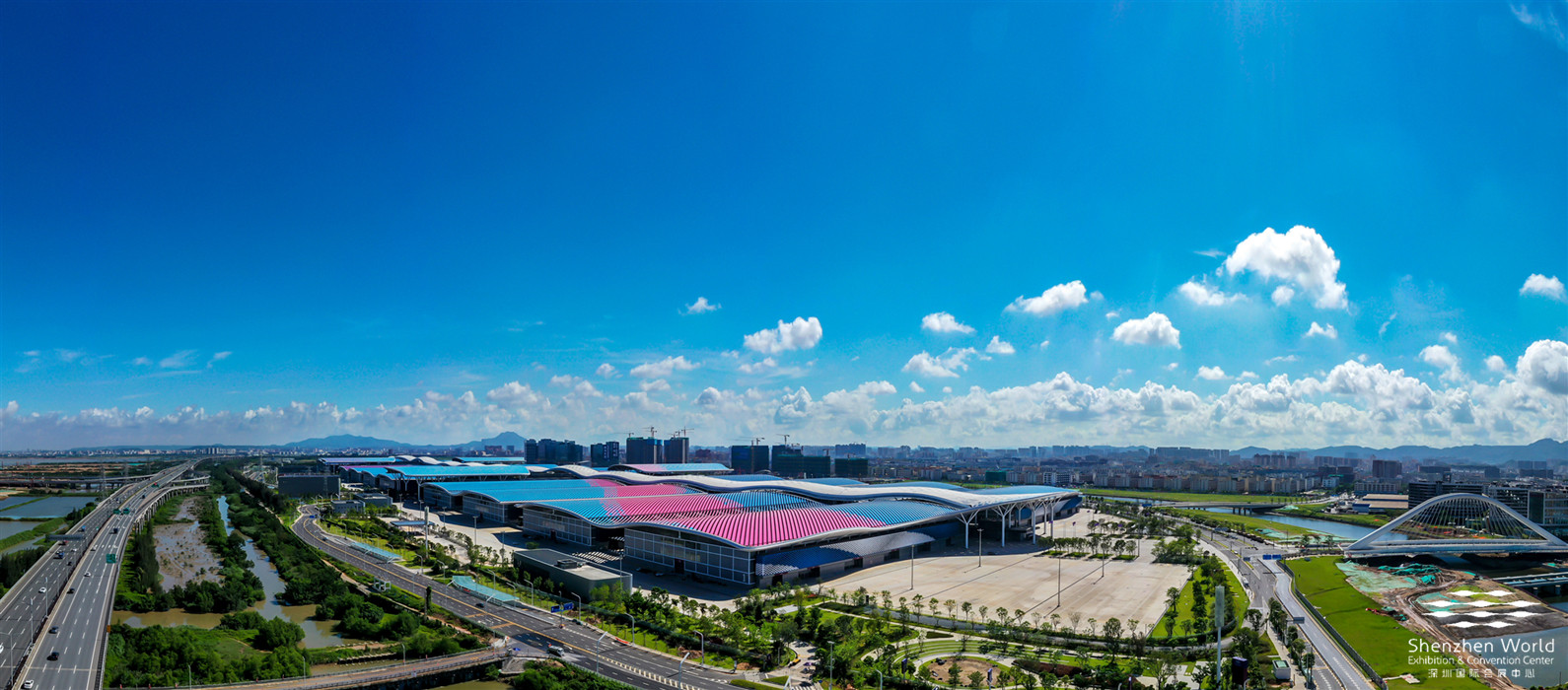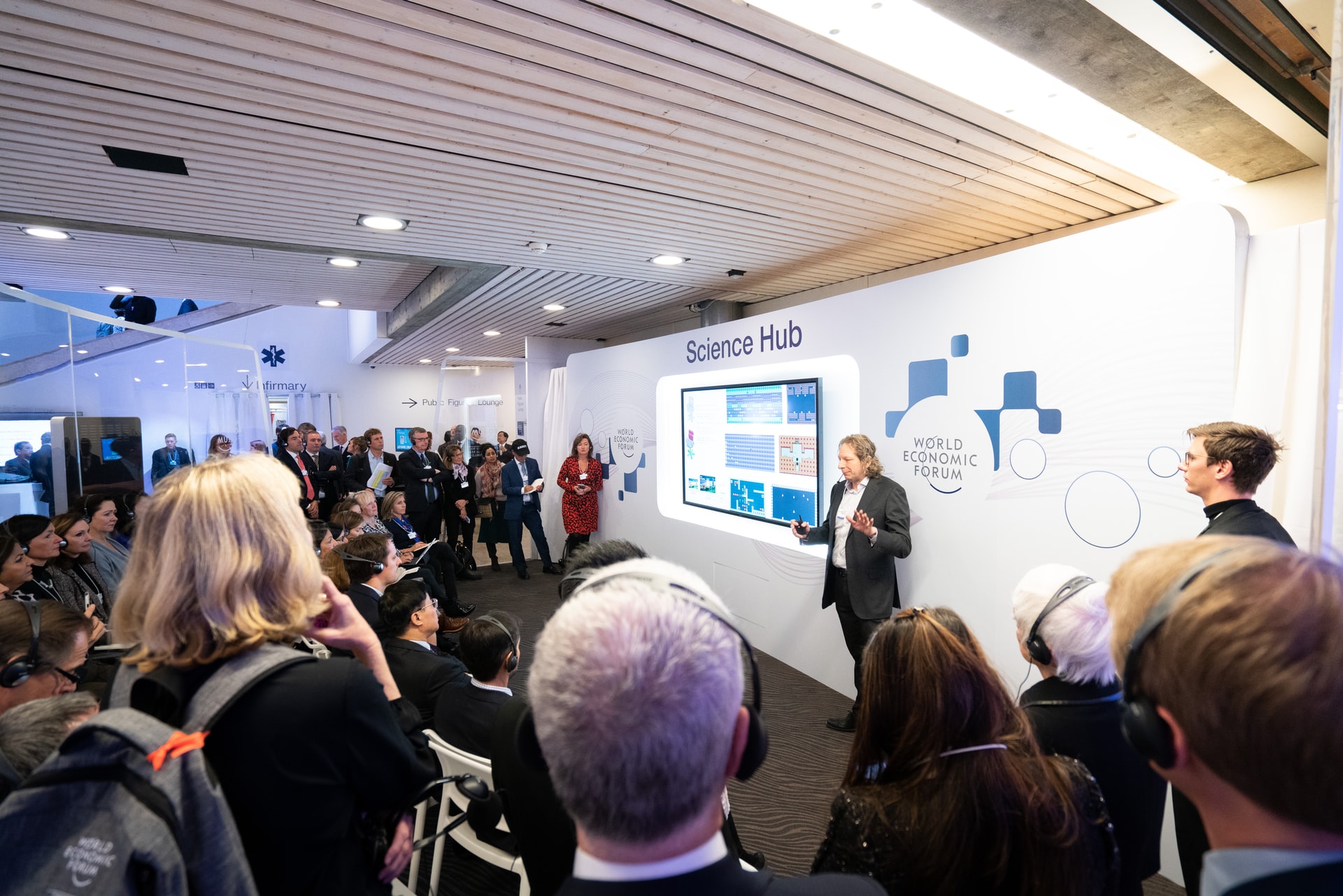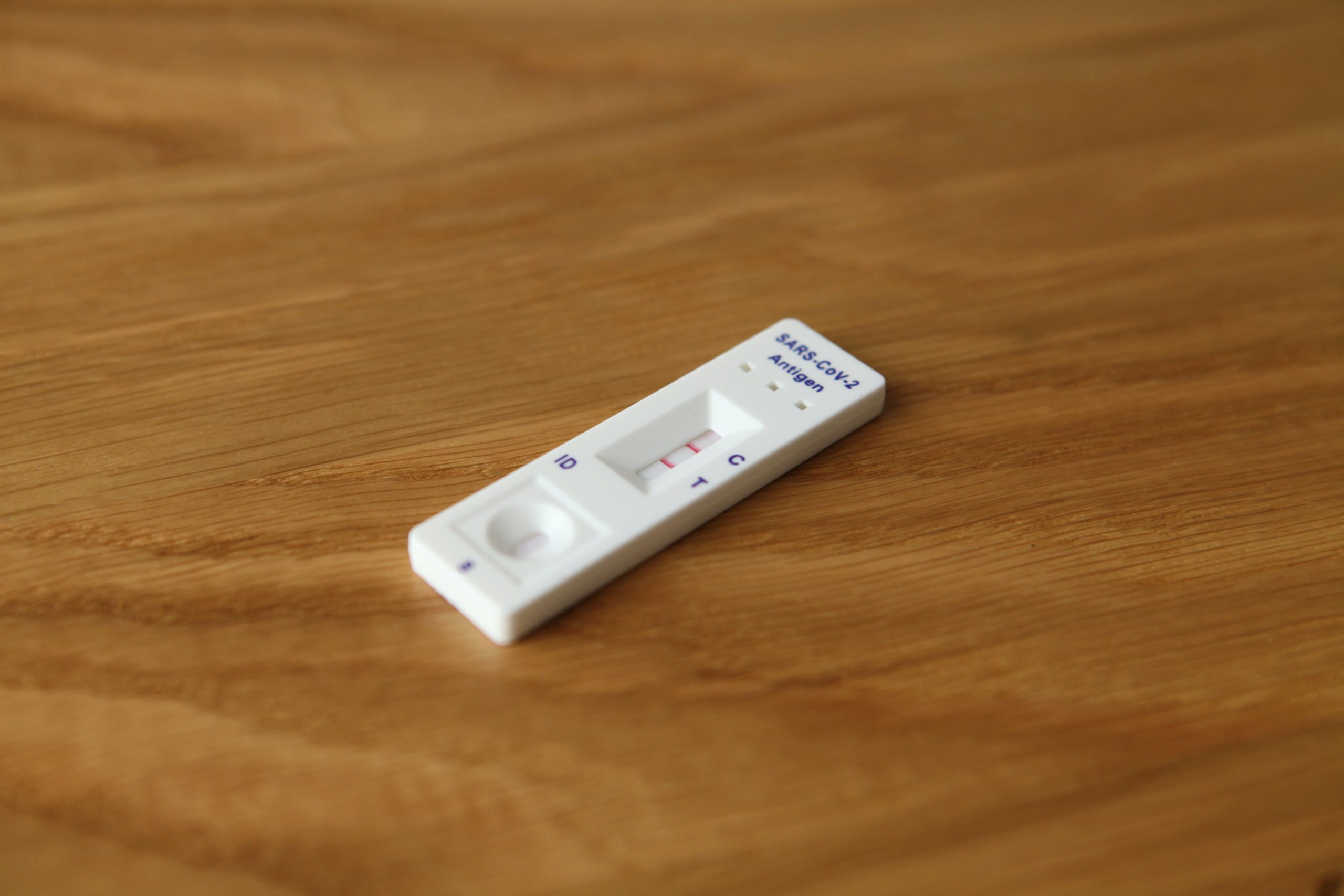Skift Take
Since the onset of Covid-19, myths about its origins and its very nature have abounded. In this article, we discuss 10 of the most stubborn misconceptions and why it’s important for event planners to see past the rhetoric.
It’s easy to get caught up in arguments about Covid-19. The pandemic has disrupted so many aspects of life that are normally taken for granted. Now that event professionals have to make decisions about aspects of social interaction that were once simply a matter of routine, it’s more important than ever to understand the debate.
While there is certainly room for differences of opinion, it’s also important to understand what the facts are. Staying up-to-date and informed will ensure that each decision, from the event’s mask-wearing policy to its choice of venue, benefits from accurate and relevant data. The event’s official messaging should reflect the most accurate scientific information currently available.
The difficulty here comes from the task of separating fact from fiction. Oftentimes, the more persistent myths surrounding Covid-19 are either based on faulty assumptions or some over-extension of logic.
To help event planners make educated decisions for their events, this article provides guidance on some of the most hotly-debated issues.
Masks and Social Distancing Are an Either/Or Option
If masks work so well, why is social distancing necessary? And if social distancing works, why should anyone have to wear a mask?
The answer is that neither of these methods is 100 percent effective. They are partial solutions that help to reduce the likelihood of transmission, but they don’t eliminate this risk entirely. We need both in the same way that we need both speed limits and seat belts to help minimize the risk of fatalities in car accidents. For indoor events in particular, planners should set rules that require attendees to wear masks while also remaining at least 6 feet apart.
Wearing a Mask Has Dangerous Consequences on Breathing
According to many detractors, mask wearing can cause hypoxia (insufficient oxygen, or O₂) and hypercapnia (too much carbon dioxide, or CO₂). The argument is that if masks filter out viral particles, they must also restrict how much O₂ and CO₂ can pass through. This line of thinking fails to take into account the dramatic difference in scale between viral particles and gaseous molecules.
A SARS-CoV-2 particle is roughly 100 nanometers (nm) in diameter, while a O₂ molecule is around .27 nm and a CO₂ molecule is about .33 nm — in other words, an individual virus particle is literally over 300 times larger than either molecule. Moreover, the virus travels through the air in droplets that are at least 10 times the size of an individual virus particle, which effectively makes viral air contaminants, at minimum, over 3,000 times bigger than either O₂ or CO₂ molecules.
While medical masks may slow down the velocity of a person’s airflow, the barrier isn’t nearly airtight enough to block O₂ and CO₂ molecules from passing through; masks don’t even filter out 100 percent of viral droplets. For those who are still unconvinced, several medical professionals have posted videos demonstrating that their oxygen levels remain constant after putting on their masks for work. Unless an attendee has a documented health condition that makes breathing difficult even under normal circumstances, there is no medical reason to justify someone refusing to wear a mask.
Masks Are a Breeding Ground for the Virus
While it is possible that some microbes could potentially proliferate on a mask that is worn repeatedly without washing, it is impossible for this phenomenon to happen with SARS-CoV-2. That’s because it is a virus, and viruses are unable to replicate without first hijacking a living host cell. While SARS-CoV-2 can continue to remain infectious on external surfaces for a period of time, it cannot actually increase its numbers this way — it will either stay at the same level of infectiousness, or in all likelihood, begin to die.
If you are supplying disposable masks for your attendees, one mask per day should be sufficient to avoid a hygiene issue.
People Should Be Allowed to Choose Their Own Safety Rules
In recent months, there has been some hype online about attendees using color-coded bracelets to indicate their social distancing preferences. Early examples set green bracelets — the most relaxed option — at “okay with hugs & high fives.” Since then, the bar has been moved to start at “OK with proximity talking and elbow bumps.”
If planners are going to use bracelets that permit “proximity talking,” it will be necessary to explain that “proximity” still means standing at least 6 feet apart.
According to Steven Adelman, a lawyer by profession and VP of the Event Safety Alliance, it is necessary to enforce consistent social distancing standards to minimize both the risk of transmission and the associated liabilities. It is not just about the risk that individual attendees are willing to accept for themselves; every single new Covid-19 case contributes to multiple more opportunities for the virus to spread, making the environment less safe for everyone.
Deep Cleaning Prevents Transmission
The single factor that makes respiratory infections so difficult to contain is the potential for transmission through contaminated air, and cleaning surfaces does nothing to prevent this mode of contagion. In late May, the CDC released updated guidelines explaining that, while it may be possible to catch Covid-19 by touching contaminated surfaces, person-to-person transmission is by far the bigger risk factor. Deep cleaning may reduce the risk of spread, but it is not a solution in itself.
To combat the risk of airborne transmission, event planners should speak to indoor venues about the quality of their ventilation systems.
Thermal Screening Catches All Covid-19 Cases
While thermal screening is yet another useful tool in the fight against Covid-19 transmission, it is not a foolproof way to catch every case. As explained in an earlier EventMB post, pre-symptomatic and asymptomatic cases won’t involve a fever, and even symptomatic individuals may not have a fever throughout the duration of their illness (if at all).
Add to this the inaccuracy of many thermal cameras and the possibility of masking fevers with painkillers, and we are left with a less than failsafe method for screening out active Covid-19 cases.
Event planners should maintain rigorous health and safety standards even when they are using thermal cameras for screening purposes.
Exposure Is an All-or-Nothing Equation
Many arguments against Covid-19 safety measures rest on the idea that partial protection is useless. According to this thinking, if any virus particles make it past the 6 feet of mandated distance or through a mask’s barrier, there is no point in either measure.
This logic fails to take into account convincing evidence that infection dose — the amount of virus that a person is exposed to — has a significant impact on both the likelihood of transmission and the severity of potential illness. From the perspective of event planners, it’s important to keep in mind that every step toward greater safety can make a difference.
Only Elderly or Immunocompromised People Need to Worry
While it’s true that elderly people are far more likely to die from Covid-19 than young adults, this gap isn’t quite as wide when it comes to hospitalizations. According to statistics from the CDC, those in the 65 to 74 age group are 90 times more likely to die from Covid-19 than young adults, but only 5 times more likely to be hospitalized.
There is also the perception that all of the severe cases among younger people can be linked to underlying conditions; while it’s true that hypertension and morbid obesity appear to be significant aggravating factors, there are rare cases where young people with no pre-existing conditions die from Covid-19. Researchers have isolated at least one genetic variant that may be responsible for more severe cases among otherwise healthy young men, but we are still largely in the dark when it comes to predicting who might be one of the unfortunate few.
Moreover, young and healthy adults may be major drivers of transmission, so much so that some researchers are arguing that young adults should be prioritized when vaccinations first become available. The reality is that, if you allow the virus to proliferate in your community, the viral dose in any instance of exposure is that much more likely to be high than if everyone is taking measures to be careful, and infection dose affects potential outcomes across age groups.
Even for event planners who cater to a younger demographic, it is important to enforce standard health and safety measures.
Covid-19 Is a Seasonal Virus
The spike in US cases during the summer months has mostly dispelled the idea that hot weather would mean the end of Covid-19, but there are still many who insist on the relevance of climate. To be fair, the verdict is still out on how much the weather might influence Covid-19, both in terms of transmission rates and the disease’s severity. Will winter bring an even bigger surge?
Medical News Today recently published a review of the research, and several studies suggest that humidity may be the most concrete environmental factor, with 40 to 60 percent humidity consistently being associated with lower rates of transmission and milder symptoms.
These insights suggest that planners should speak to venue managers about keeping indoor humidity levels in the mid ranges wherever possible. Temperature may also have some influence, but it is too difficult to tell at this stage because other factors — such as social distancing or the lack thereof — have a much bigger influence.
Perhaps even more importantly for events, recirculated indoor air increases the risk of transmission, so any weather that pushes people to spend more time inside is likely to drive up case numbers, whether it be frigid temperatures or excessive heat. If the weather in your region will be forcing the general population to spend more time indoors, it is reasonable to predict a corresponding surge in cases and plan for increased health and safety measures.
People Without Symptoms Cannot Spread Covid-19
It is still not clear how much of a role asymptomatic carriers play in the spread of Covid-19, but there is mounting evidence that pre-symptomatic transmission is a very real threat. A recent study based on viral load levels predicted that 44 percent of secondary cases are contracted while the carrier is still presymptomatic. Studies based on contact tracing, however, have found that presymptomatic transmission accounts for 6.4 to 12.6 percent of cases. Although there is still some uncertainty around just how likely presymptomatic carriers are to spread the infection, it is now clear that it is definitely possible to transmit SARS-CoV-2 without showing symptoms.
For event planners, this means that screening out symptomatic attendees is not a guarantee that the event will be free from transmission risk. Other health and safety measures still need to be maintained.
IN CONCLUSION
When it comes to Covid-19, it is difficult to feel confident in any factual claims. Researchers are only just beginning to understand how the virus attacks the body, and they have been continually revising their advice on how to reduce transmission rates. Nevertheless, there is a growing body of data-based evidence that event planners can turn to when trying to make the right decisions for their events.
Staying up-to-date on the latest information isn’t just a question of reading everything that’s published online — it’s also about separating fact from fiction. Just as researchers revise their conclusions when confronted with new data, so should everyone else.
